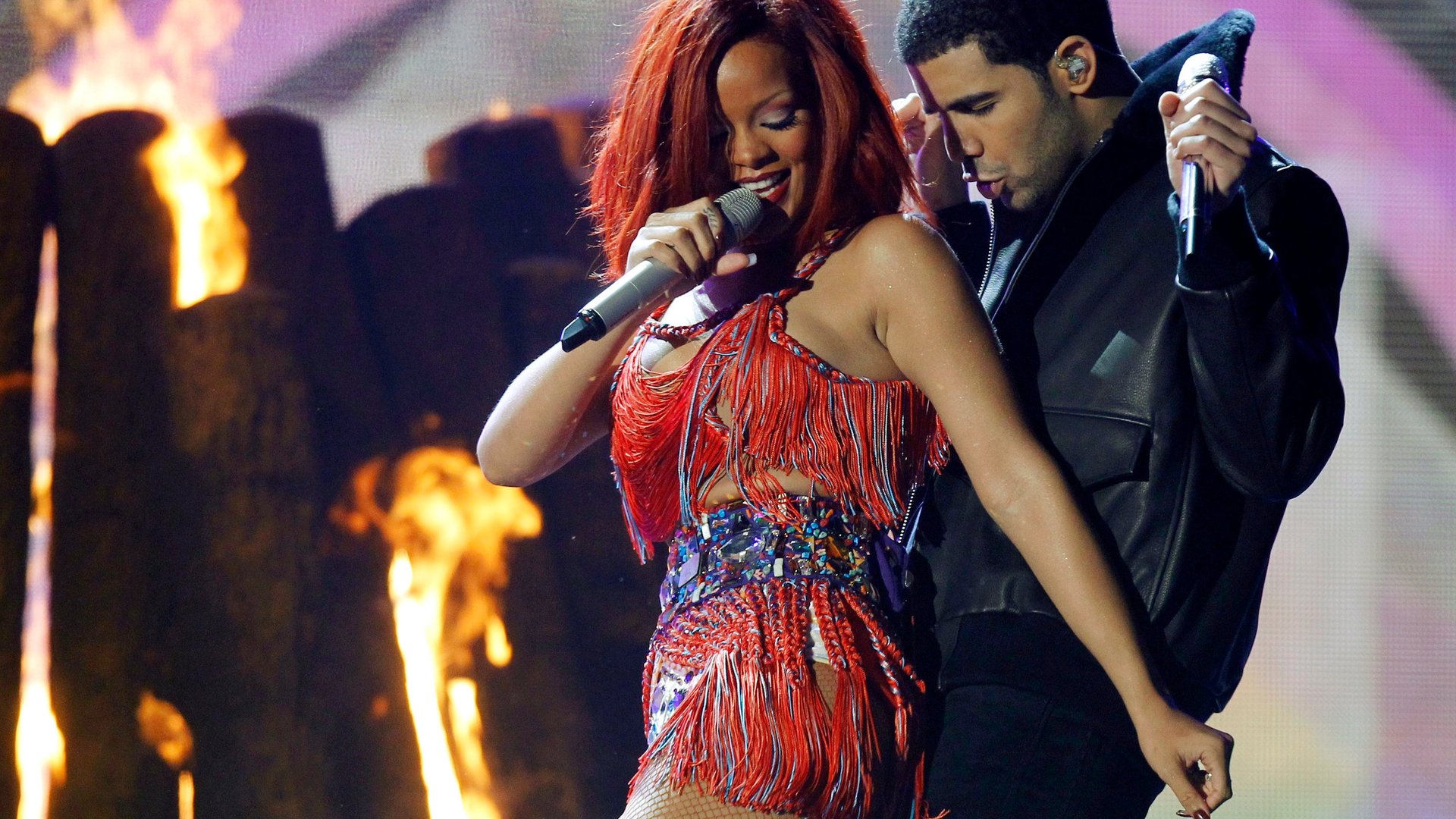Streaming is officially crowned king of the music business. Shame it doesn’t make much money
“Slowly at first, and then all at once.” To quote those words from Hemingway’s The Sun Also Rises is to describe, in the most succinct way, what’s happened to the music industry in recent years—specifically, its incredible takeover by digital music streaming.


“Slowly at first, and then all at once.” To quote those words from Hemingway’s The Sun Also Rises is to describe, in the most succinct way, what’s happened to the music industry in recent years—specifically, its incredible takeover by digital music streaming.
Subscription streaming services like Spotify, Pandora, and Apple Music—all only a few years old—reached critical mass in 2015 and surged to new heights last year by offering all-you-can-listen catalogs for around $100 a year. Nielsen Music reports that streaming has now officially surpassed digital music sales for the first time in history; it grew 76% in the US in 2016, with Americans listening to a total of 431 billion songs on streaming platforms.
The music leading the way? Hip-hop and R&B.
Overall, US music consumption grew 3% from 2015 to 2016. Nielsen’s year-end report comes right after British music-tracking entity BPI announced a similar uptick in the UK music market—also thanks to streaming, which increased 68% in 2016.
With such figures, you might expect the global music business in general to be doing quite well. Yet it’s not so. In 1999, at the peak of physical CDs, music was a $28.9 billion industry; it’s since crashed down to half that ($15 billion).
Global music revenue is growing by puny single digits each year—and that’s following two decades of downward sliding, as physical album sales have fizzed out and been replaced by cheaper, internet-based methods of consumption. Now, even as streaming surges, its meager profits (often less than a cent per stream per song, as opposed to the solid $10-15 that a physical album sale used to net) aren’t enough to spur significant growth.
Streaming might have a shot at upping the figure, if it continues to boom the way it’s doing now. But it’ll be a while yet.